
Membership Sites 101: What They Are, How They Work, and Why You Need One
In today’s digital economy, membership sites have become one of the fastest-growing ways to share knowledge, build communities, and create recurring income. From online courses to exclusive groups, more and more businesses and creators are turning to this model to connect with their audiences.
This guide is designed for business owners, creators, coaches, educators, and community builders who want to understand how membership sites actually work. Whether you’re completely new or just exploring the idea, we’ll walk you through the basics, such as what a membership site is, how it functions, and the key benefits it offers.
At the end of this post, you’ll have a clear picture of why membership sites are so popular today and how you can start building one yourself.
What is a membership site?
Simply put, a membership site is a website where people sign up to access exclusive content, resources, or a community. Unlike a regular website, where anyone can freely browse all the pages, a membership site places some (or all) of its content behind a login. This means only registered members can view and enjoy the premium material.
To make it clearer, think of it this way, a regular website is like a public library where anyone can walk in and read. A membership site, on the other hand, is like a private club where members get special access to valuable content, discussions, or services. Common examples of membership sites include:
- Online courses, where students get structured lessons and materials.
- Premium communities, where members interact, network, and learn together.
- Resource libraries, offering templates, guides, or exclusive downloads.
- Coaching platforms give clients access to sessions, tools, and support.
So, while a normal website focuses on sharing information with everyone, a membership site creates a more personalized space where members feel part of something special.
What are the features and types of membership sites?

Now that you know what a membership site is, let’s find out about its features and types. At its core, a membership site is built around a few key features that make it different from a regular website. Core Features of a membership site are:
- User registration & login: Members create an account and log in to access exclusive content.
- Content restriction & access levels: Some materials are hidden from the public and are only visible to members with the right access.
- Payment or subscription setup: Many membership sites include payment options so members can subscribe monthly, yearly, or with a one-time fee.
- Member management: Site owners can track, organize, and communicate with their members easily.
Now, when it comes to building a membership site, there’s no one-size-fits-all approach. The way you set it up depends on your goals, your audience, and the type of value you want to provide. Some membership sites are completely free to join, while others use different payment structures to generate recurring revenue or offer exclusive perks. Let’s have a look at commonly used membership sites:
- Free vs. Paid
- One-time payment
- Recurring subscriptions
- Tiered levels
In short, membership sites work by creating a private, structured space where content, community, and value are only available to registered members, making the experience more personal and rewarding.
Why do you need a membership site?
So, why should you consider building a membership site in the first place? Because it gives you both stability and growth opportunities that a regular website or social media page often can’t provide. Let’s break it down.
Predictable recurring revenue
Rather than relying solely on one-time sales, membership sites generate a steady income through monthly or yearly subscriptions. This recurring model helps create a more predictable and reliable cash flow, giving your business stability and long-term financial growth.
Stronger community & engagement
With a membership site, you’re doing more than just sharing content. You’re creating a dedicated space where people can connect, learn, and interact with one another. This sense of belonging confirms deeper relationships and keeps members consistently active, engaged, and invested in the community experience.
A scalable business model
Unlike one-on-one services, a membership site enables you to serve many people simultaneously with the same content and resources. Whether you have 10 members or 1,000, your platform can grow smoothly, making it a scalable and efficient way to expand your business reach.
Value positioning & authority
By providing exclusive resources, structured courses, or personalized coaching, a membership site highlights your knowledge and skills. This consistent value delivery positions you as a trusted authority within your niche, strengthens your reputation, and ultimately makes your brand more credible, valuable, and appealing to your audience.
Data ownership & control
Unlike social platforms, where you don’t own your audience, a membership site gives you full control. You own your members’ data, content, and communication, which means you’re not at the mercy of algorithm changes.
In short, a membership site is more than just a website. It’s a powerful business model that helps you build income, authority, and lasting connections all in one place.
Tools and platforms to build a membership site
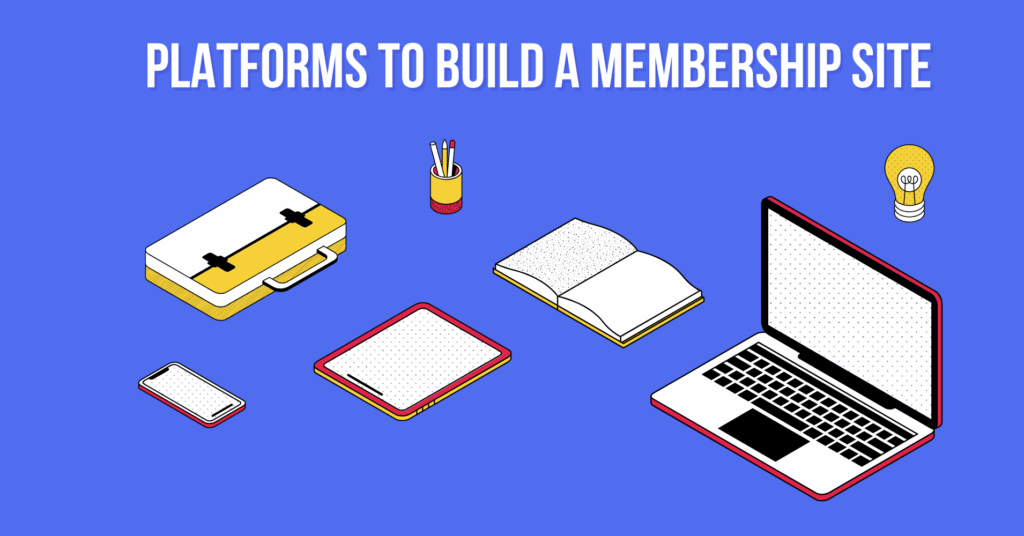
When it comes to building a membership site, you generally have two main options. One is using WordPress with plugins. Another one is choosing an all-in-one hosted platform. Both approaches can help you create a successful site, but the right choice depends on your goals, budget, and technical comfort level. Let’s explore them in more detail.
WordPress with plugins
If you already have a WordPress website or want full control, plugins are a powerful way to build your membership site. For example, FluentCommunity helps you to create groups, manage memberships, and build an engaged community directly inside WordPress. When paired with FluentCRM for automated email marketing and Fluent Forms for sign-ups, payments, or feedback, you get an affordable all-in-one ecosystem.
The biggest advantage of this approach is ownership. You fully control your data, design, and features. You’re not locked into someone else’s platform. Plus, it’s cost-effective since you only pay for plugins rather than high monthly fees. However, it does require a bit more setup and management. You may need to spend some time learning how things work, but once set up, it’s very scalable.
All-in-one hosted platforms
Alternatively, platforms like Teachable, Kajabi, or Circle make it easy to get started. They provide hosting, built-in payment systems, and user-friendly interfaces. This means you can launch faster without worrying about technical details. The downside is cost. Monthly fees can add up quickly. You’ll also face limitations in customization, and you don’t own the platform or member data.
In summary, WordPress with plugins is the better option for long-term control, customization, and cost savings, while hosted platforms are best if you prefer convenience and speed. Choosing the right path depends on whether you value ownership or simplicity more.
Best practices for running a successful membership site
Running a successful membership site isn’t just about putting content behind a login. It’s about creating a space people want to return to again and again. To do this, there are a few best practices you should follow.
First, start with one clear value proposition. Ask yourself, “What will members gain by joining?” Whether it’s learning a new skill, accessing premium resources, or joining a supportive community, your offer should be simple and clear.
Next, make sure to keep your content organized and easy to access. A cluttered site can overwhelm members, but a structured layout helps them find what they need quickly, making the experience smooth and enjoyable.
It’s also important to encourage member engagement. Use polls, discussions, and Q&A sessions to spark interaction. When members feel involved, they’re more likely to stay active and loyal.
At the same time, you have to offer ongoing value. Exclusive content, live sessions, or updated resources keep members excited and give them a reason to renew their subscriptions.
Finally, don’t forget to collect feedback and continuously improve. Listening to your members helps you refine your site and provide even more value over time.
Conclusion
Membership sites are more than just a trend. They’re a smart way to build recurring revenue, engage your audience, and showcase your expertise. Unlike social platforms, they give you ownership of your content and members, ensuring long-term stability and growth.
Whether you choose WordPress with plugins like FluentCommunity, FluentCRM, and FluentForms for full control, or go with hosted platforms like Teachable, Kajabi, or Circle for convenience, the possibilities are endless. By focusing on clear value, organized content, engagement, and continuous improvement, you can create a meaningful membership site that benefits both your business and your community.

Prema Anjum
My full name is Anzuman Ara Chowdhury. But people know me as Prema Anjum. I’m a Digital Marketer by profession, a WordPress community contributor, and a travel enthusiast by heart.
Table of Content
Subscribe To Get
WordPress Guides, Tips, and Tutorials





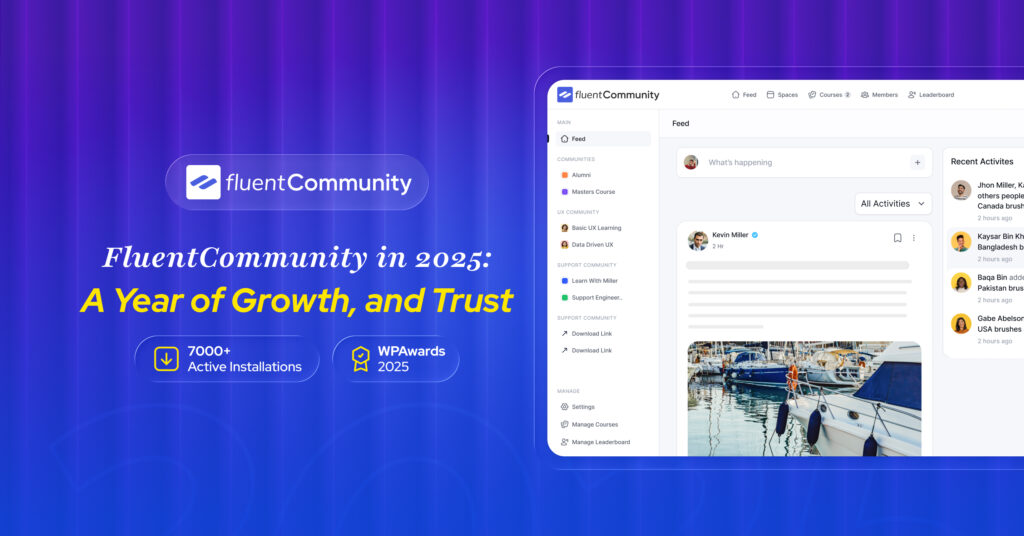


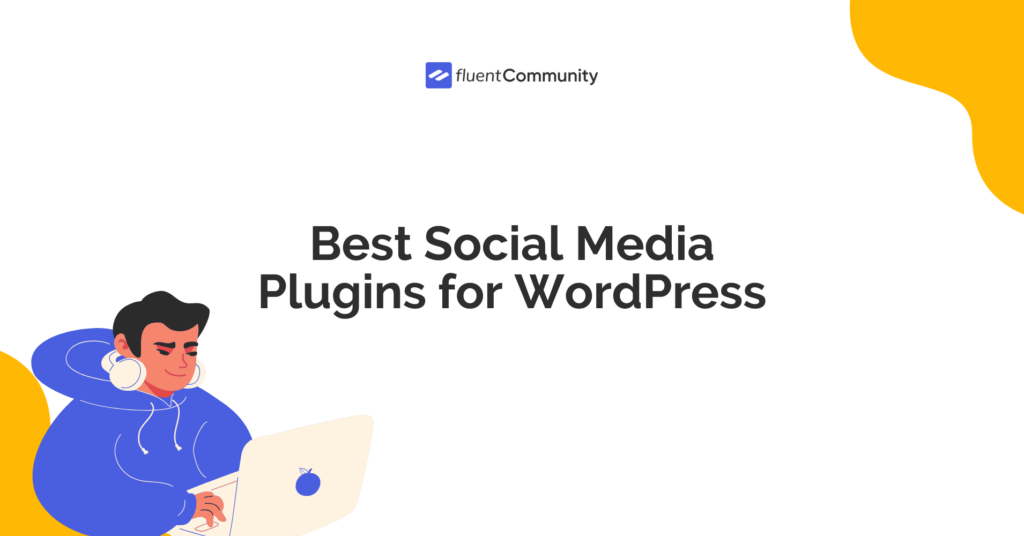
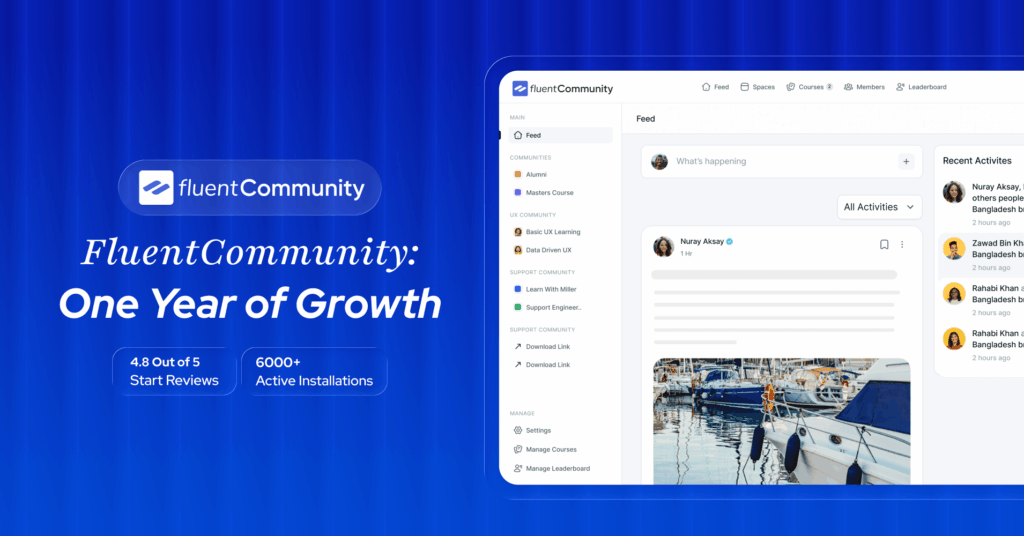
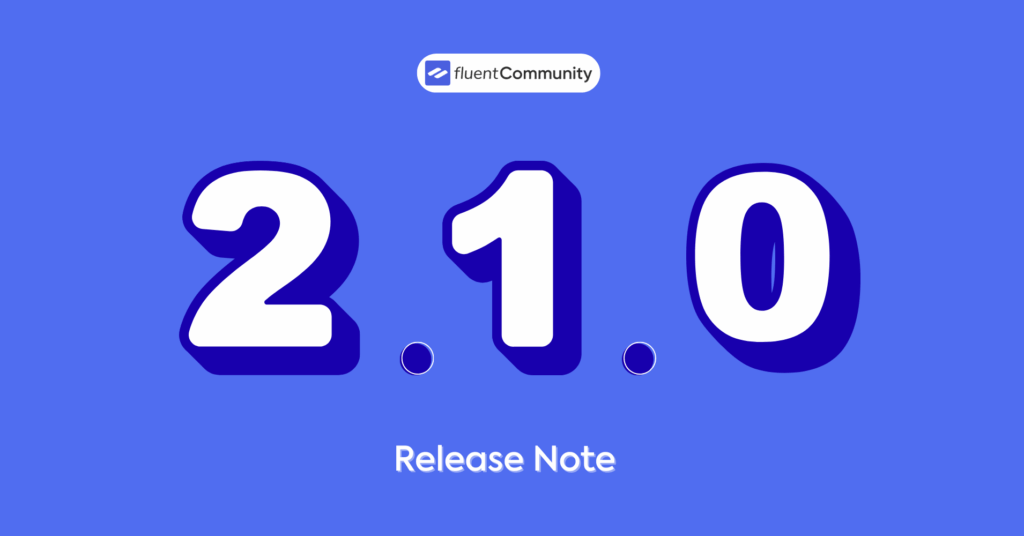
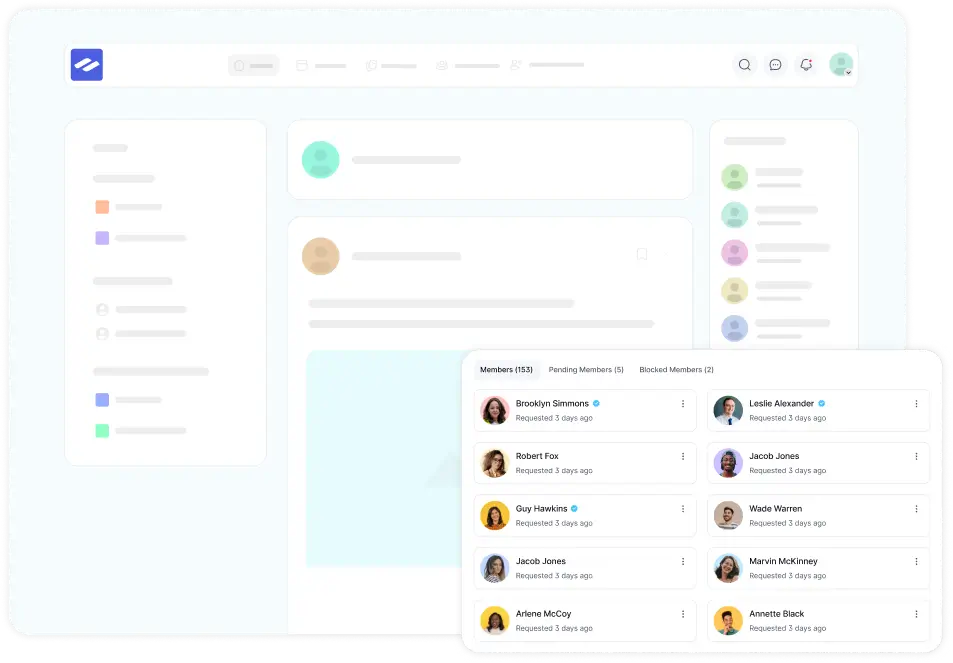
Leave a Reply